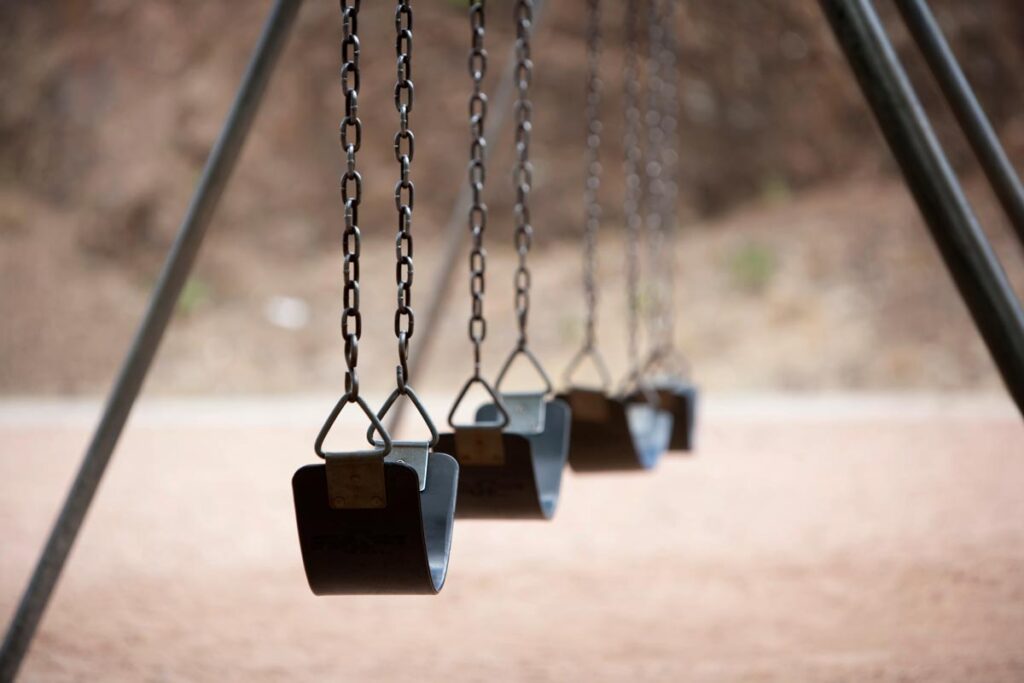Neglect
Neglect is the failure of a parent, guardian or other caregiver to provide for a child or youth’s basic needs. Neglect comes in many forms, including physical, medical, educational and emotional neglect.

Physical Neglect
Failure to provide for a child or youth’s basic needs, such as nutrition, clothing, shelter, hygiene, and medical care. Physical neglect may also involve inadequate supervision of a child or youth and other forms of reckless disregard of the child or youth’s safety and welfare.
Exposure to second-hand smoke, especially for children with asthma or other lung problems.
Exposure to loaded guns that are kept in the house and not locked up or are in reach of children.
Exposure to rotting food, human or animal feces, insect infestation or lack of running or clean water.
As required by law.
Leaving a child or youth in the care of someone who either is unable or should not be trusted to provide care for a child or youth. Examples of inappropriate caregivers include a young child, a known child abuser or someone with a substance abuse problem.
Not returning to pick up the child for several hours or days after the agreed upon pick-up time or not giving the caregiver all the necessary items to take care of the child or youth.
When a child or youth is repeatedly left in the custody of others for days or weeks at a time, possibly due to the unwillingness of the parent or the caregiver to maintain custody.
Letting a child or youth smoke marijuana or commit a crime.
The desertion of a child or youth without arranging reasonable care or supervision.
The encouragement or permission by the caregiver of drug or alcohol use by the child or youth.
The encouragement or permission of other maladaptive behavior (e.g., chronic delinquency, assault) under circumstances where the parent or caregiver has reason to be aware of the existence and the seriousness of the problem but does not intervene.
Exposure to poisons, small objects that pose a choking hazard, electrical wires, stairs or drug paraphernalia.
The blatant refusal of custody, such as the permanent or indefinite expulsion of a child or youth from the home, without adequately arranging for care by others or the refusal to accept a child or youth who has returned after running away.
All children and youth are different, so the amount of supervision needed may vary by the child or youth’s age, development or situation.
The laws of Colorado do not set a specific age after which a child legally can stay home alone. In general, Colorado has accepted the age of 12 years as a guideline for when it might be appropriate for a child or youth to be left alone for short periods of time.
When a child or youth is undernourished or is repeatedly hungry for long periods of time, which can sometimes be evidenced by poor growth. Nutritional neglect often is included in the category of “other physical neglect.
Includes inadequate hygiene and forms of reckless disregard for the child or youth’s safety and welfare (e.g., driving while intoxicated with the child, leaving a young child in a car unattended).
When a child or youth lacks appropriate clothing, such as not having appropriately warm clothes or shoes in the winter.
Medical Neglect
Failure to seek medical or dental treatment or to comply with medical advice for a health problem or condition that, if left untreated, could become severe enough to represent a danger to the child or youth.
The failure to provide or to allow needed care as recommended by a competent health care professional for a physical injury, illness, medical condition or impairment.
The blatant refusal of custody, such as the permanent or indefinite expulsion of a child or youth from the home, without adequately The failure to seek timely and appropriate medical care for a serious health problem that any reasonable person would have recognized as needing professional medical attention.
Examples of a delay in health care include not getting appropriate preventive medical or dental care for a child or youth, not obtaining care for a sick child or youth, or not following medical recommendations. Not seeking adequate mental health care also falls under this category. A lack or delay in health care may occur because the family does not have health insurance.
When a child or youth is repeatedly left in the custody of others for days or weeks at a time, possibly due to the unwillingness of the parent or the caregiver to maintain custody.
When a child or youth is undernourished or is repeatedly hungry for long periods of time, which can sometimes be evidenced by poor growth. Nutritional neglect often is included in the category of “other physical neglect.
When a child or youth lacks appropriate clothing, such as not having appropriately warm clothes or shoes in the winter.
Includes inadequate hygiene and forms of reckless disregard for the child or youth’s safety and welfare (e.g., driving while intoxicated with the child, leaving a young child in a car unattended).
Educational Neglect
Involves the failure of a parent or caregiver to enroll a child or youth of mandatory school age in school or provide appropriate homeschooling or needed special education training, thus allowing the child or youth to engage in chronic truancy.
Permitting habitual absenteeism from school averaging at least five days a month if the parent or guardian is informed of the problem and does not attempt to intervene.
Failing to homeschool, to register or to enroll a child of mandatory school age, causing the child or youth to miss at least one month of school without valid reasons.
Refusing to allow or failing to obtain recommended remedial education services or neglecting to obtain or follow through with treatment for a child’s diagnosed learning disorder or other special education need without reasonable cause.

Signs and Behaviors of the Child or Youth
- Wears soiled clothing or clothing that is significantly too small or large or is often in need of repair
- Seems inadequately dressed for the weather
- Always seems to be hungry; hoards, steals or begs for food or comes to school with little food
- Often appears tired with little energy
- Frequently reports caring for younger siblings
- Demonstrates poor hygiene, smells of urine or feces or has dirty or decaying teeth
- Seems emaciated or has a distended stomach (indicative of malnutrition)
- Has unattended medical or dental problems, such as infected sores
- States that there is no one at home to provide care
Signs and Behaviors of Parent or Caregiver
- Appears to be indifferent to the child or youth
- Seems apathetic or depressed
- Behaves irrationally or in a bizarre manner
- Abuses alcohol or drugs
- Denies the existence of or blames the child for the child’s problems in school or at home
- Sees the child or youth as entirely bad, worthless or burdensome
- Looks to the child or youth primarily for care, attention or satisfaction of emotional needs
